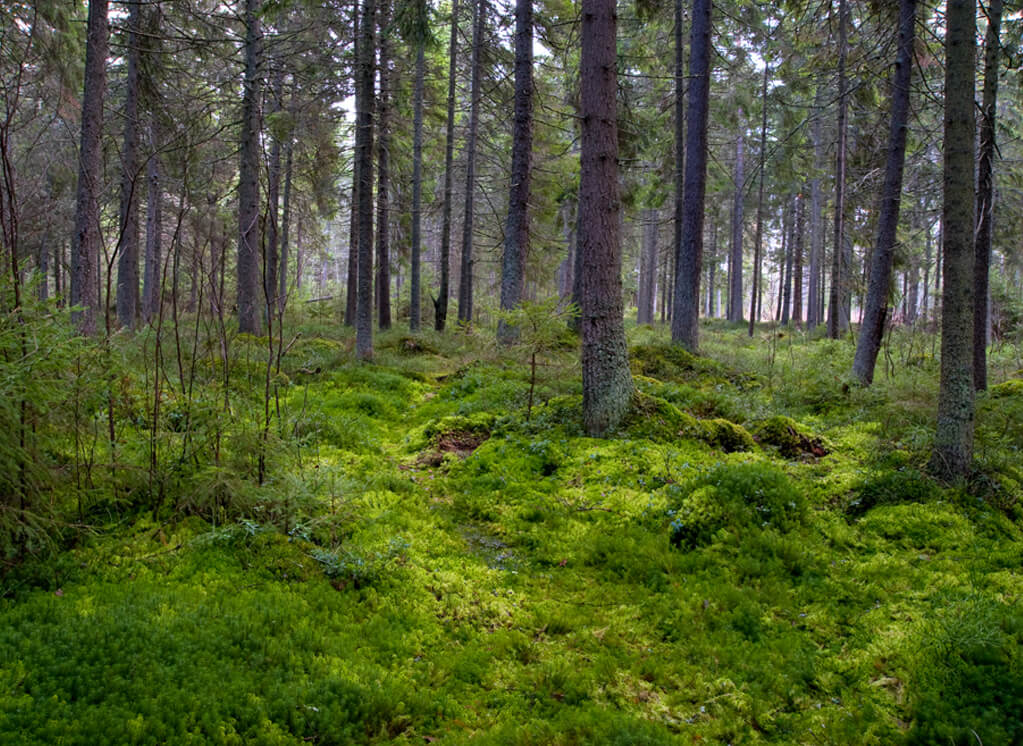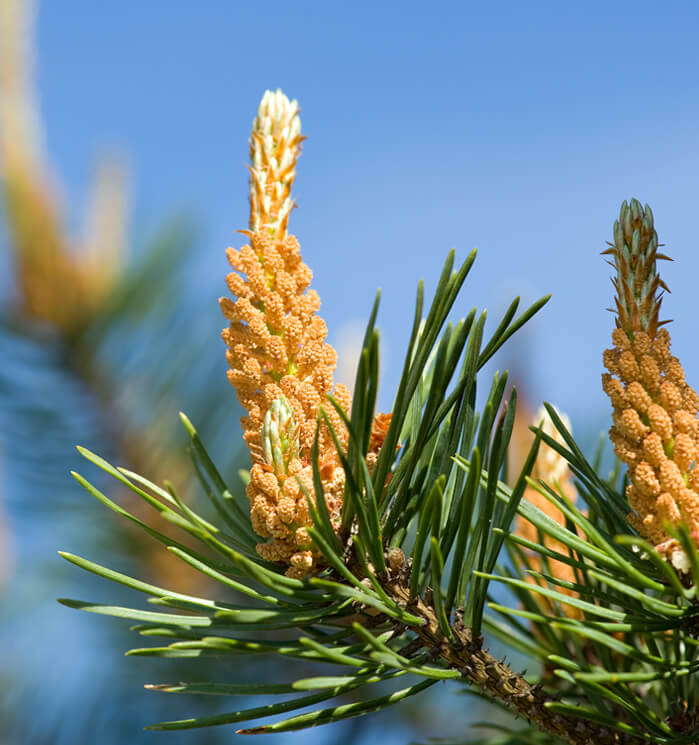The worst growing potential is observed in forests on drained peat soils. The number of good sections in forests on dry mineral soils and drained mineral soils is almost twice as large as the number of non-perspective sections. In cool, damp soils colloids absorb many hydrogen ions and little calcium, magnesium and especially potassium cations. In warm and dry soils more calcium, magnesium and potassium ions and fewer hydrogen ions are absorbed. Decomposition of the organic substance in the soil (in drained peat soils) facilitates its acidification. It is caused by organic acids that form during the decomposition process. Soil acidification is facilitated also by dissolution of carbon dioxide in water and the formation of carbonic acid, as well as entering of nitrogen and sulphur compounds into the soil together with the acid atmospheric precipitations. The tree species growing in acid soils are less valuable from the point of view of usable timber. Also in these species the deficiency of calcium is observed, particularly during the first five years of development. Needles become brown, branches form incompletely, black branches develop. These signs indicate that the growing rate of the tree is reduced and the material obtained would be of a lower quality. For trees, as well as field crops, calcium is essential in the formation of cell membranes by creating a solid stem and fibre. Besides, the soil acidification has negative consequences on the future vegetation and soil productivity in the long term perspective.

